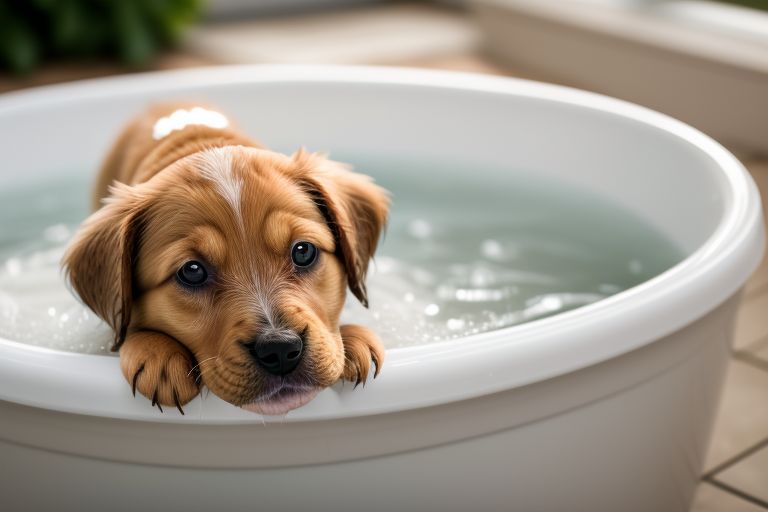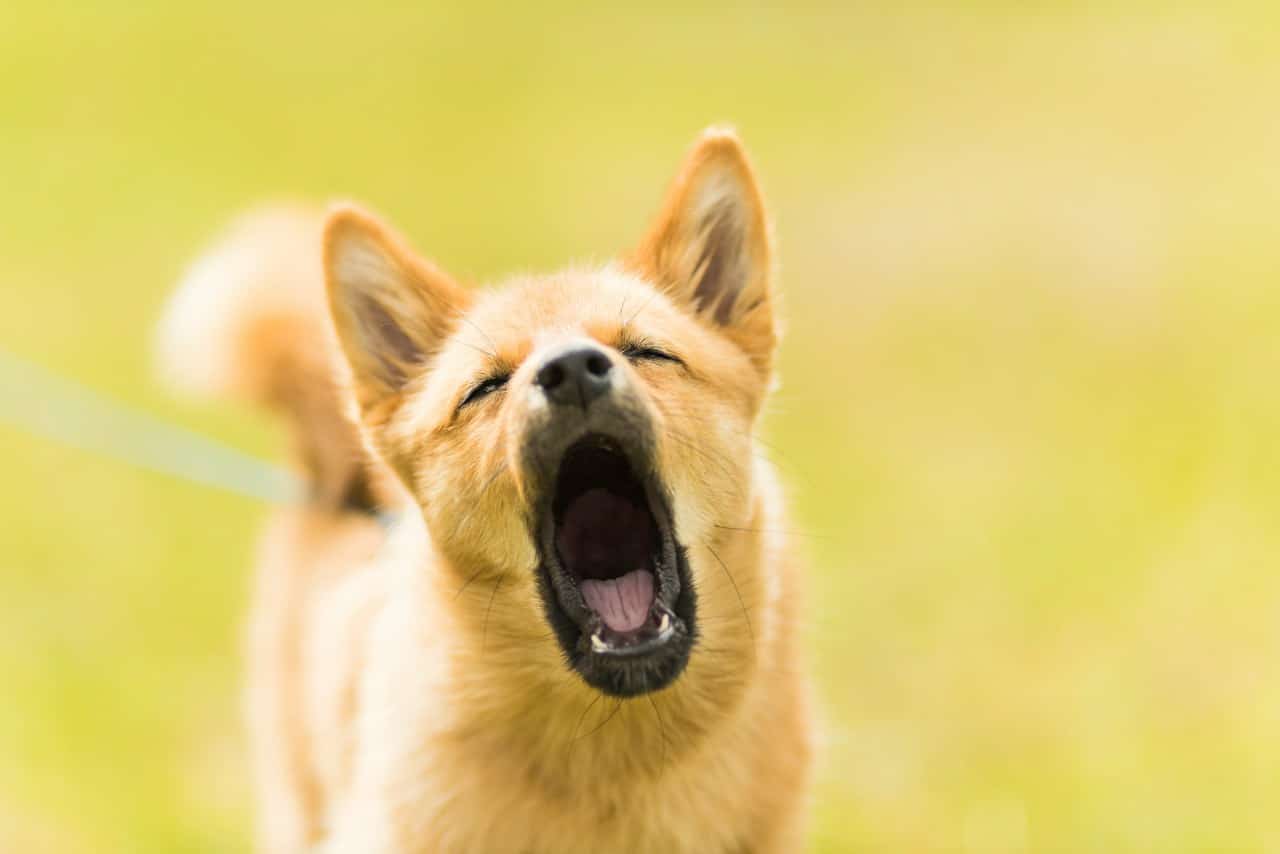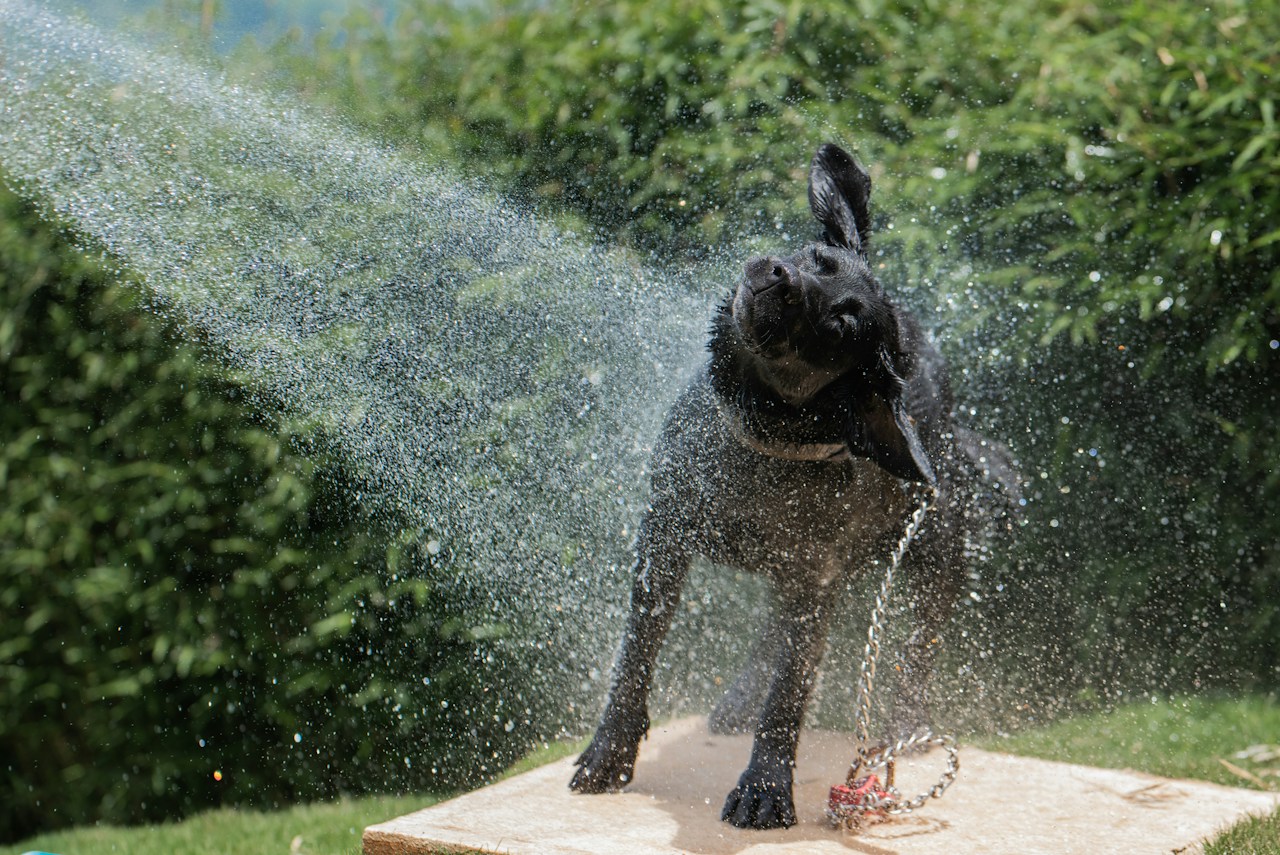Bathing puppies might feel scary, but it’s easy with some care. Follow our tips for your first puppy bath and have a nice, stress-free time.
Table of Contents
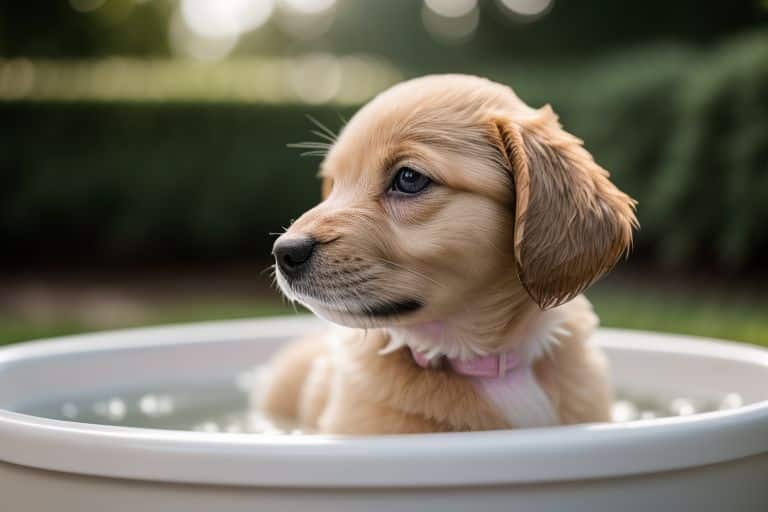
How To Wash A Puppy Dog Without Hurting Him
Here’s a simple shopping list for your puppy’s first bath:
- Table
- Hand towel
- Matching puppy brush
- Hairdryer
- Dog bathtub or another container
- Puppy shampoo
- A treat”
Steps to Bathe a Puppy
Bathing your new puppy is a positive way to start their home experience. Follow these simple steps for an easy and stress-free bath time.
- Position your puppy on a designated table for their bath. This signals bath time, not playtime. Place a towel on the table to prevent slipping and absorb any excess water, ensuring a safe and comfortable bath experience.
- Give your puppy a gentle brush before the bath. Slow, soothing strokes with a suitable brush not only calm them but also remove dirt, tangles, and foreign objects from their fur.
- Switch on the hairdryer and place it nearby, allowing your puppy to get accustomed to the sound. The goal is to familiarize them with the noise, ensuring a positive and joyful bath experience.
- Gently place your puppy into a designated container or doggy bathtub located in the larger bathtub.
- Wash your puppy with warm water, using a shower head. Ensure the water temperature is comfortably warm, whether indoors or outdoors, and avoid overfilling the tub to prevent your dog from feeling anxious.
- Prepare the shampoo. Prepare the puppy shampoo by mixing it with water. Gently apply the shampoo using a soft sponge, making sure to avoid the eyes. Read the label for specific instructions, as some shampoos may require dilution. Lather the shampoo over the entire body, including the tail, underside, and neck, taking care to steer clear of the eyes and ears.
- Begin to scrub your puppy gently. This not only cleans and massages them but also helps them become accustomed to the bathing procedure.
- After bathing your puppy, make sure to rinse their coat thoroughly to remove all the shampoo. Use warm water from the shower head or a jug, being careful around their eyes and ears. If your dog has facial folds or long ears, use baby wipes or a damp cloth without soap for cleaning. It’s essential to clean skin folds daily with a damp cloth.
- Drying: After the bath, expect your puppy to shake off water instinctively. Assist the drying process by using a towel vigorously. Lay your puppy on their stomach for stability, using one hand to keep them still. Use a warm hairdryer, starting with the tail, and be cautious not to blow air on their nose and ears. Make sure your puppy is thoroughly dry, paying attention to areas like the back and under the legs.
- Brushing: Once you’ve completed the bath and drying routine, briefly place your puppy back on the table. Use a brush to groom and gently pet him for a short time.
- Pamper: As a final step, reward your puppy with a treat to create positive associations with the bathing experience.
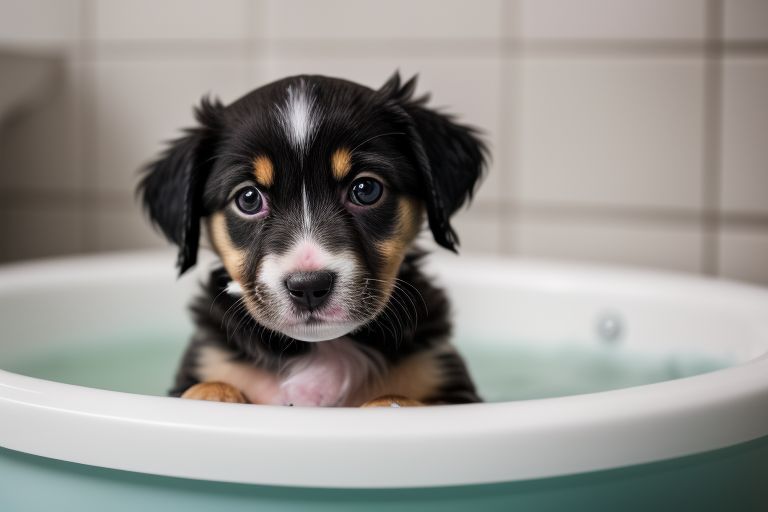
Bathing tips for puppies:
Make sure to use the hairdryer on the puppy, but keep it at a safe distance from the skin and avoid the eyes. Use warm air to dry, not hot. When dogs are wet, they like to roll and rub on surfaces, so put towels on the bathroom floor or outside on the grass for your puppy to use. Small dogs get cold easily, so make sure to keep them in a warm room until they are completely dry.
To keep your dog’s skin healthy, make sure to rinse off shampoo and conditioner thoroughly to prevent any leftover residue that could cause itching or dryness. When cleaning your dog’s ears, use a special cleaner from a pet store or vet. Avoid inserting anything into the ear canals, like cotton or cotton swabs, to ensure your pet’s safety.
If your dog seems nervous, especially during their first bath, give them lots of praise and reassurance to make the experience positive for them.

How can you help your puppy get comfortable with the hair dryer?
If your puppy has long or thick fur, drying it can take a bit of time, and using a blow dryer can help. Dogs can find the noise and air from the dryer frightening, so it’s important to keep them calm and reward them for good behavior.
For puppies not accustomed to hair dryers, start getting used to it when they’re young. Begin by just turning on the dryer to create noise in the room. Slowly bring it closer to the dog, offering calming encouragement throughout the process.
Remember, bathing your dog can be a simple and positive experience with the right approach!
References: Bathing tips for puppies
